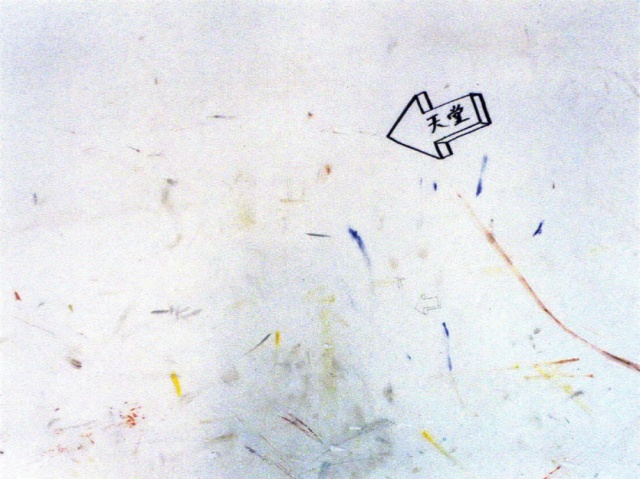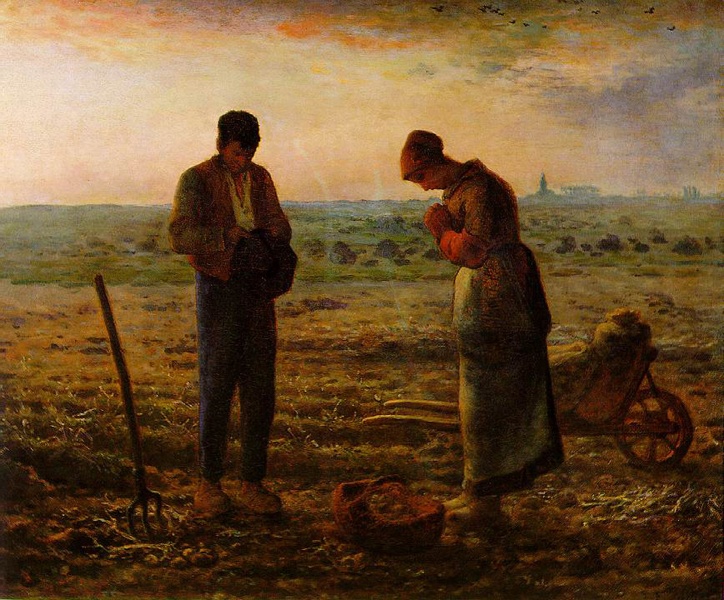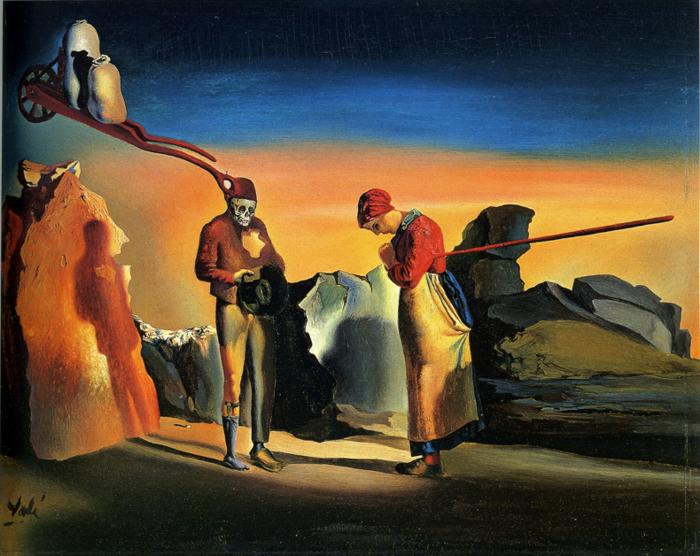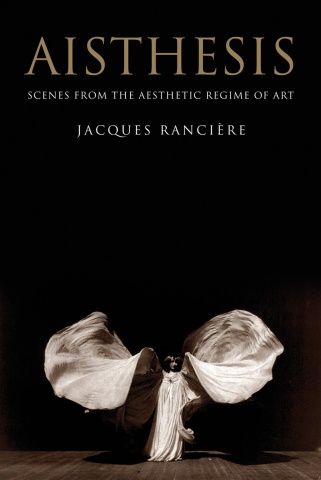Winnie Won Yin Wong: After the Copy: Creativity, Originality and the Labor of Appropriation: Dafen Village, Shenzhen, China, 1989-2010 (2010)
Filed under thesis | Tags: · 1990s, 2000s, appropriation, art, authorship, china, conceptual art, contemporary art, creativity, labour, painting

“Since 1989, Dafen village in Shenzhen, China, has supplied millions of hand-painted oil-on-canvas paintings each year to global consumer markets. Accused of copying Western masterpieces, and spurred by the Chinese party-state’s creative industry policies, Dafen village’s eight thousand painters have been striving to become original artists. Simultaneously, conceptualist artists from outside Dafen village have engaged with the creative alienation of Dafen painters, by purchasing their labor in works of appropriation art. This study examines the discourses of creativity, originality, and appropriation that frame Dafen’s painting production, and sets them against an ethnography of flexible work in the South Chinese painting trade. It explores the myriad ways in which Dafen village lends itself to intellectual and aesthetic explorations of the separation of painting labor from conceptual labor, as enacted in both modernist and postmodernist framings of artistic authorship.
The study begins by charting the historical categorization of Chinese ‘export painting’ and the emergence of the ‘painting factory’ as a cultural imaginary of Sino-Western trade. It then examines the political stakes of ‘creativity’ as constructed in Dafen television propaganda made by the national and local party-state. Then, turning to a single Vincent van Gogh-specialty workshop and the transnational wholesale and retail of van Gogh trade paintings, it theorizes the relationship of ‘craft’ to modernist authorship and signature style. Finally, it scrutinizes cosmopolitan conceptual artists’ and designers’ collaborations with Dafen painters, exploring the ethical and aesthetic terms of universal creativity raised by the Dafen ‘readymade’. Establishing continuities between Dafen production and the making of ‘high’ art while challenging their putative antinomies, this study shows how the ideology of individual creativity undergirds the cultural industry policies of the local party-state, the consumer demand for authentic craft, and the appropriation of labor in contemporary art.” (Abstract)
Thesis, Ph. D. in History, Theory, and Criticism of Art and Architecture
Dept. of Architecture, Massachusetts Institute of Technology, 2010
Supervisor: Caroline A. Jones
410 pages
Salvador Dalí: El mito trágico de ‘El Ángelus’ de Millet (1963–) [Spanish, English]
Filed under book | Tags: · art, art theory, painting, surrealism


“En 1941, cuando, horas antes de la Ocupación alemana, Salvador Dalí tuvo que abandonar a toda prisa la ciudad francesa de Arcachon, extravió el manuscrito de un libro que había escrito en francés entre 1932 y 1935: El mito trágico de ‘El Ángelus’ de Millet, uno de los textos más brillantes del genial pintor. Localizado en 1963 por el editor Jean-Jacques Pauvert, se publicó ese mismo año en Francia. En 1978, para la edición española de Tusquets Editores, debida al arquitecto Oscar Tusquets y supervisada por Dalí, éste añadió documentación gráfica y nuevos comentarios, por lo que el libro constituyó una primicia mundial.
Tres elementos hacen de El mito trágico una obra única: la descripción del célebre método «paranoico-crítico» inventado por Dalí, el análisis del mito (trágico) de la muerte del hijo y de la mujer castradora en el arte, y la confirmación de la hipótesis de que, detrás de Millet, el bucólico pintor de inocentes cuadros, se esconde un dibujante erótico que habría escandalizado a sus contemporáneos.”
First published as Le mythe tragique de l’Angelus de Millet, Jean-Jacques Pauvert, 1963
Translated by Joan Viñoly
Publisher Tusquets Editores, Barcelona, 1978
Third edition, 1989
ISBN 8472239888
170 pages
Publisher (ES)
El mito trágico de ‘El Ángelus’ de Millet (Spanish, trans. Joan Viñoly, 1978/1989)
The Tragic Myth of Miller’s L’Ángelus (English excerpts, trans. Haim Finkelstein, 1998, updated on 2021-1-29)
Jacques Rancière: Aisthesis: Scenes from the Aesthetic Regime of Art (2011/2013)
Filed under book | Tags: · aesthetics, art, art history, art theory, body, cinema, dance, film, life, literature, music, painting, pantomime, philosophy, photography, poetry, politics, representation, sculpture, theatre, theory

Rancière’s magnum opus on the aesthetic.
“Composed in a series of scenes, Aisthesis–Rancière’s definitive statement on the aesthetic–takes its reader from Dresden in 1764 to New York in 1941. Along the way, we view the Belvedere Torso with Winckelmann, accompany Hegel to the museum and Mallarmé to the Folies-Bergère, attend a lecture by Emerson, visit exhibitions in Paris and New York, factories in Berlin, and film sets in Moscow and Hollywood. Rancière uses these sites and events—some famous, others forgotten—to ask what becomes art and what comes of it. He shows how a regime of artistic perception and interpretation was constituted and transformed by erasing the specificities of the different arts, as well as the borders that separated them from ordinary experience. This incisive study provides a history of artistic modernity far removed from the conventional postures of modernism.”
First published as Aisthesis : Scènes du régime esthétique de l’art, Éditions Galilée, 2011
Translated by Zakir Paul
Publisher Verso Books, 2013
ISBN 1781680892, 9781781680896
304 pages
via falsedeity
Reviews: Hal Foster (London Review of Books), Joseph Tanke (Los Angeles Review of Books), Marc Farrant (The New Inquiry), Ali Alizadeh (Sydney Review of Books), Jean-Philippe Deranty (Parrhesia).
Roundtable discussion with Rancière at Columbia (video, 43 min)
Selected interviews and reviews (in French)

